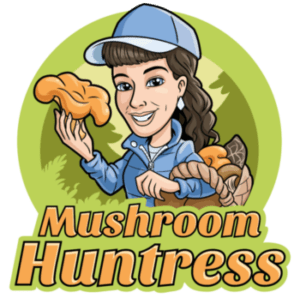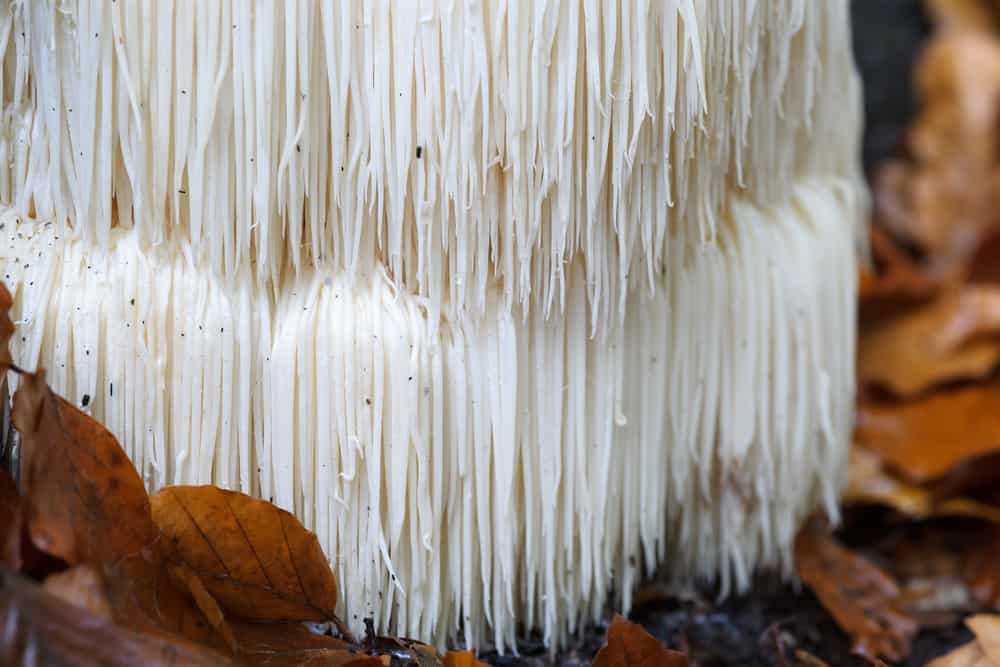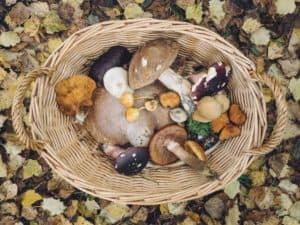 What Makes A Mushroom Edible?
What Makes A Mushroom Edible?
The world of edible mushrooms is vast, complicated, and region-specific. There is no unifying element between the edible varieties that makes them easy to identify as good eating. Edibility determinations are a result of many years of humans trying, learning what to avoid, and learning what to seek out.
If you are interested in foraging edible mushrooms, the only route is to memorize the delicious ones along with the deadly ones. There is no shortcut. Don’t be foolish or hasty. A misidentification can land you in the hospital with kidney failure.
Mushrooms grow everywhere, and poisonous ones are found in backyards just as much as edible ones. Always be safe. Never consume anything you are not 100% sure about.
A Short Guide to Safely Identifying Mushrooms
Ignore Dangerous Online Sources & Folktales
Please disregard any guides that suggest there are easy ways to determine if a mushroom is edible or not. There are online “expert” sources that suggest white gills or red caps are more likely to occur in poisonous mushrooms. This is dangerous!
It implies that non-red capped mushrooms are safe. They are not. There are mushrooms with boring brown caps that will kill you. Color and shape and gill color will not safely guide you.
There are also quite a few folktales that seem to spread from generation to generation regarding certain “rules” to mushroom foraging. Have you heard these? Mushrooms growing on wood are safe. It’s ok to eat if you can peel the cap. If animals eat them, they’re ok for humans to eat. If you hear any advice like this, walk away. They are so wrong; it is scary.
Learn How to Identify Mushrooms Correctly
This means making some effort and doing a little bit of work. It is the only safe way to identify mushrooms. Everyone likes the quick route, but the mushroom kingdom does not allow it. The best way to learn this is to get a mushroom identification book. Every book I have seen starts with basic identification methods. These include:
- Identifying types of gills.
- The difference between gills, pores, and teeth.
- Stem sizes and shapes.
- Cap color, size, and shape.
- Color changes when bruised.
- Observing the environment.
- Doing a spore print.
Start Slow
There is no way you’re going to know every edible mushroom in the beginning. Learning takes time, as do most great things. Pick a few that you’d really like to learn and then progress from there as you learn how to identify each one correctly.
Luckily, there are a few choice edible mushroom varieties that are easy to identify and don’t have any dangerous look-a-likes. Caution must still be exercised, and an expert forager consulted, if at all possible.
Three “Easy” Edible Mushrooms
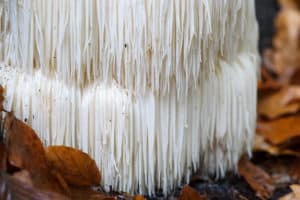
Lion’s Mane (Hericium sp.)
This is a unique one, to say the least. It is all white, round-ish shaped, and has shaggy white spines hanging from it. It is also one of the best-tasting mushrooms.
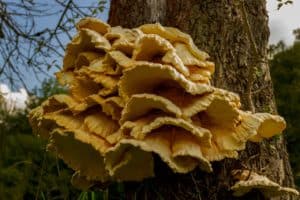
Chicken of the Woods (Laetiporus sp.)
Bright, almost fluorescent, orange brackets of thick, meaty flesh are the unmistakable trademarks of this mushroom. The brackets grow in dense shelves that often cover an entire tree.
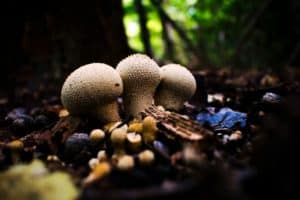
Giant Puffballs (Calvatia gigantea)
Pure white and the size of a basketball, these are hard to miss in the meadows. The only caution is that the inside must be pure-white. If it is yellow or off-white, in any way, it is past it’s prime and will likely give you gastrointestinal distress.
